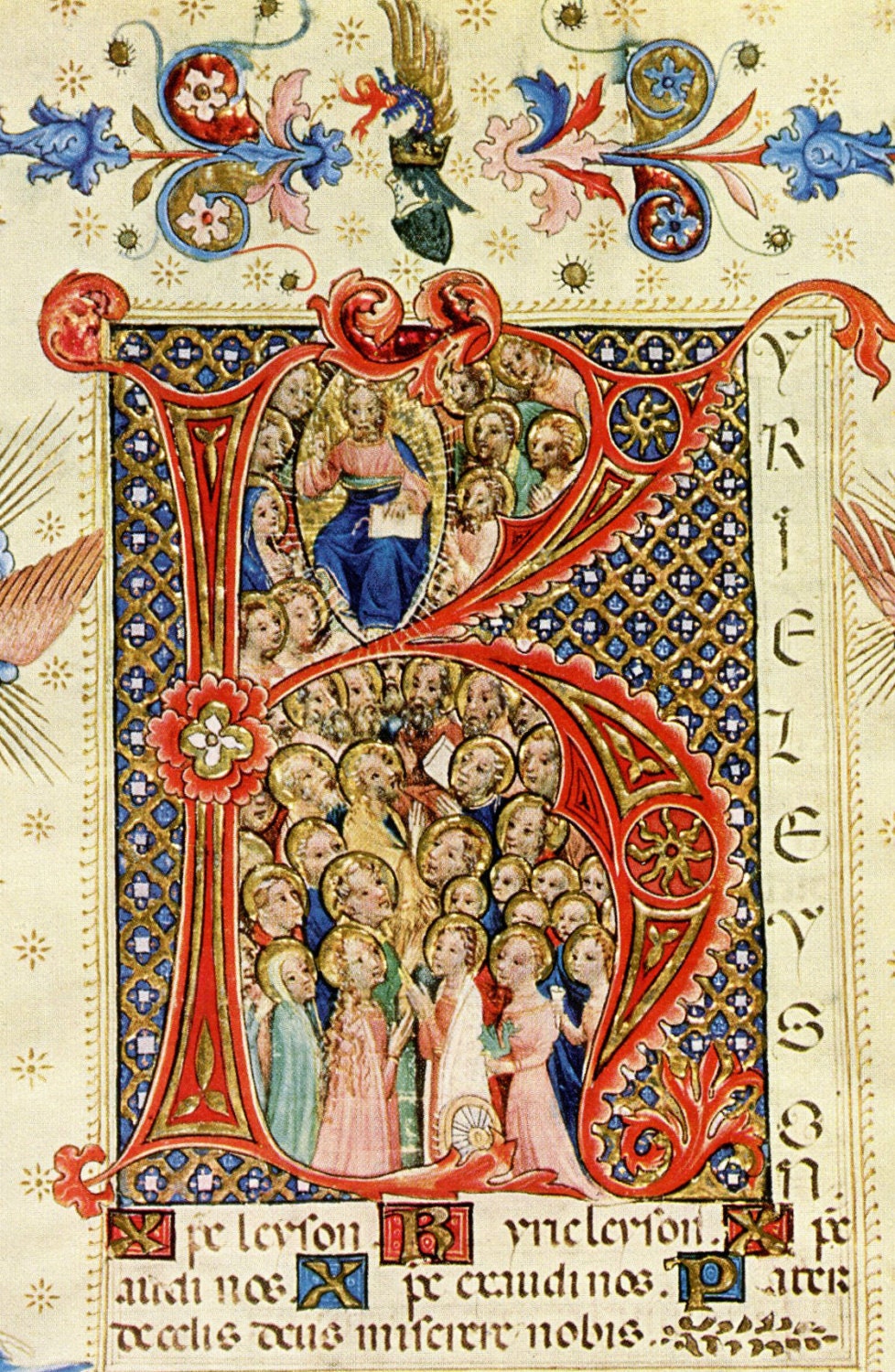
Their functions ranged from illustrating the text and dividing the book into sections, to serving as devotional icons and aids to study and prayer.

Miniatures enhanced the beauty of the book with narrative and symbolic scenes. Miniatures are named not for their small size but from the Latin word minum, which is a red pigment used in paint. In some instances, small scenes were incorporated into the border in the form of medallions called roundels or rectangular panels in the lower margin known by their French term, bas de page.įor more expensive commissions, paintings known as miniatures were often included in the decorative program. Their decoration varied from small line drawings of a whimsical character, known as “drolleries,” to elaborately painted floral patterns filling the entire border. To further enliven the text, the margins of the page were often adorned with decorated borders. Historiated initials, deriving their name from the French ystoire, served as frames that enclosed small figural or narrative scenes. Decorated letters were embellished with geometric, foliate, and zoomorphic designs, or with mixed elements of all three. Letters which began new chapters or important passages in the book could be decorated or historiated. The illuminator, who was a specialist distinct from the scribe, had a repertoire of visual motifs that he or she employed to decorate the manuscript according to the nature of the text and the expense of the commission. How were illuminated manuscripts decorated? When the text was completed, the manuscript was decorated or illuminated in the blank spaces the scribe had intentionally left for the illuminator. Rather than write original works spontaneously onto the page, medieval scribes, more often than not, copied their work from model texts, called exemplars. Rubrics served as instructional guides to the reader, providing descriptive headings and marking divisions in the text. While the main body to the text was usually written in black or brown ink, colored lines of writing, called rubrics (from the Latin rubrica meaning red), were most often, but not always, written in red. In the other, gall nuts, the swollen nodules produced by certain insects living in oak trees, was mixed with iron salts, making an ink which eventually turned brown from exposure to the atmosphere. In one method, carbon soot from beeswax candles or linseed oil lamps was combined with gum arabic to produce an indelible black ink.


The scribe used an ink derived either from carbon soot or gall nuts. In the early Middle Ages, the best quills came from several varieties of geese found off the coast or England. Using these holes as a guide, lines were then inscribed or drawn on the page to establish the layout for the scribes and decorators.įollowing this, a calligrapher or scribe would write on the parchment with a reed or feather quill pen.

Once the necessary number of vellum skins were prepared and cut to size for pages, they were then marked along both margins with small pinholes. The finest quality parchment, noted for its thin and supple character, was called vellum. Most parchment came from cow skins that were prepared through an elaborate process that involved soaking, scraping, drying and treating the skins. How were illuminated manuscripts made?ĭuring the medieval period, books were written and decorated on parchment, a type of animal skin. Manuscripts that were decorated with gold, silver or bright paint are called illuminated, from the Latin illuminare meaning to lighten or brighten up. Its name is derived from the Latin manus meaning hand and scriptus meaning writing. How Illuminated Manuscripts acquire valueĪn illuminated manuscript is a book written and decorated by hand.What books were Illuminated, and where?.


 0 kommentar(er)
0 kommentar(er)
